When the power goes out, the last thing you want to learn is that your generator isn’t up to the task. Whether you’re running a healthcare facility, retail store, or data center, proper generator sizing is crucial for maintaining business continuity and protecting critical systems. From regulatory compliance to operational efficiency, selecting the right generator capacity is as much about staying protected as it is about staying powered.
Importance of Proper Generator Sizing
Backup generators power critical safety systems during emergencies, including fire alarms, fire pumps, emergency lighting, and security systems. But not every building has the same needs. Hospitals, office buildings, and restaurants all have distinct power requirements, which is why many large-scale commercial generator installations require an engineer’s guidance to meet National Electrical Code (NEC) and National Fire Protection Association (NFPA) standards.
Incorrect generator sizing isn’t just a technical oversight; it can cause real and costly problems. If your generator is too large for your facility’s actual power needs, you may encounter damage to electrical systems due to inefficient load handling. Oversized generators also tend to burn more fuel than necessary, leading to inflated operational expenses. Over time, this mismatch can result in inefficient power production and unnecessary wear on the equipment due to light loading.
On the other hand, generators that are too small can quickly become overwhelmed during operation. An undersized unit may overheat or sustain damage from trying to supply more power than it was designed to handle. This can result in unreliable power delivery, which is particularly hazardous in environments that rely on continuous uptime. In critical facilities like hospitals or data centers, an undersized generator could cause life-saving systems or essential services to fail when they are needed most.
Steps to Choosing the Right Generator Size
Follow these steps to make sure you choose a generator that is the right size for your facility and operational needs.
- Calculate your power needs. Start by listing all the equipment and systems that need to be powered during an outage. Check each item’s wattage on its label or in the user manual. Total the wattage for both running power and starting power. Starting power is particularly important for equipment with motors, like HVAC units and compressors, which may need 2-3 times more power to start than to run.
- Factor in load types. Different devices draw power in different ways. Resistive loads (like lights and heaters) have steady, predictable power needs. Meanwhile, reactive loads (like pumps and refrigeration) fluctuate more and may require additional consideration during startup and operation.
- Account for future expansion. Sizing your generator only for current needs might be short-sighted. If you anticipate adding new equipment or expanding your facility, factor that into your generator estimator selection now to avoid costly upgrades later.
- Consult a professional. No sizing guide can replace the insight of a trained expert. A certified electrician or generator technician can assess your layout, usage patterns, and local code requirements. They can also recommend whether your solution should include additional components, such as transfer switches or battery backup systems, for added flexibility.
Calculating Your Power Requirements
The most accurate generator sizing starts with understanding your power load. Every business is different. Leaving anything off the list can result in undersized equipment and operational failures. Consider the essentials based on your specific type of establishment:
- Retail stores: POS systems, lighting, security, and networking hardware
- Offices: Lighting, telecommunication, elevators, and emergency exits
- Restaurants: Refrigeration units, cooktops, HVAC, and freezers
- Healthcare facilities: Life-support machines, medical refrigerators, HVAC, and emergency lighting
You’ll also need to know whether your facility will need single-phase or three-phase power. Three-phase is typical in industrial and larger commercial applications, whereas single-phase generators are used in small commercial facilities. The type of power will influence the generator’s voltage and output requirements.
Measurement Methods
Getting this calculation right helps avoid overloading your generator and wasting energy. Take these steps to calculate peak load requirements:
- Use a clamp-on ammeter to measure the amperage on each leg of your facility’s electrical system for a 30-day period at 15-minute averages.
- Use an existing facility’s utility data across one year to size a generator to 80% loading based on the historical peak demand.
- Use a sizing tool like Generac’s Power Design Pro.
- Follow other approved methods, such as engineering judgment as laid out by NEC article 220.
Generators at Energy Systems Southeast
Choosing the right generator isn’t just about wattage—it’s about safety, efficiency, and long-term reliability. From calculating your load to planning for future needs, proper generator sizing ensures that your operations continue without interruption when the grid goes down.
To determine generator size, the team at Energy Systems Southeast can walk you through the sizing process and help you configure a complete backup power solution tailored to your facility. Request a quote or contact us today to get started.

